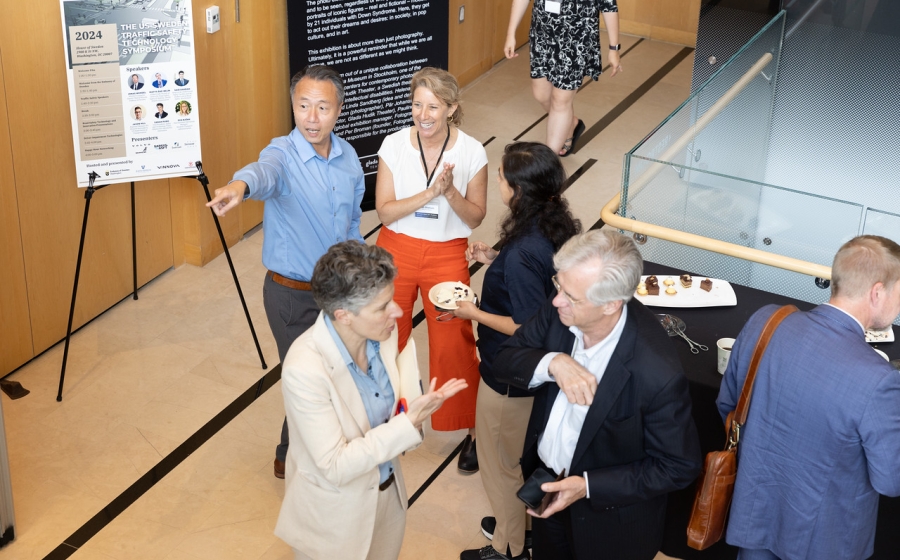Inaugural 2024 U.S. Vision Zero Academy and Traffic Safety Technology Symposium

On May 20th-24th in Washington, D.C., the Johns Hopkins Center for Injury Research and Policy, the Swedish Transport Administration – Trafikverket, the Institute of Transportation Engineers, the AAA Foundation for Traffic Safety, and the FIA Foundation hosted a five-day course that thoroughly explored Vision Zero, a comprehensive approach to road safety. The Academy emphasized integrating systematic, technological, and equitable measures to achieve zero traffic fatalities, aiming to enhance participants’ knowledge and skills in this approach.
Day One of the Academy highlighted the paradigm shift in road safety from individual responsibility to a systemic approach. Vision Zero, which originated in Sweden, has now gained global traction. The first day's discussions underscored the ethical imperative that no loss of life is acceptable, focusing on speed management, equity, technology integration, and community engagement as central tenets.
On Day Two, the Academy delved deeper into the systems approach to safety, acknowledging the fragility of the human body and the need for comprehensive strategies to manage kinetic energy in crashes. The discussions highlighted the importance of vehicle technology advancements, such as automatic braking systems, and the vulnerability of road users like pedestrians and cyclists. Proactive risk management strategies, intersectionality, and equity were also key themes, stressing the need for targeted design and policy interventions to address the disparities faced by high-risk groups.
Day Three focused on innovative traffic calming techniques, vehicle interventions, and the critical role of vehicle speed in ensuring safety. The Academy explored Sweden's successful methods, such as chicanes, speed humps, and active speed bumps, which target speed violators. The integration of Vision Zero principles into organizational policies, effective speed camera programs, and the holistic use of data were emphasized as essential components for improving road safety. The importance of equity in traffic safety measures was highlighted, ensuring that all communities benefit fairly from safety interventions.
On Day Four, the discussions shifted to amplifying survivor voices and proactive risk assessment. The Academy emphasized the need for advanced vehicle technologies that monitor driver status and the effectiveness of emergency medical services in preventing trauma deaths. The role of equity in road safety was further discussed, focusing on ensuring that safety features are accessible to all and not just add-ons in new cars. The day's sessions reinforced the holistic approach needed to incorporate proactive risk management, effective intersection design, and post-crash care to achieve Vision Zero goals.
Finally, on Day Five, the Academy summarized the historical foundations of Vision Zero, influenced by mid-60s safety advocates like Ralph Nader. It stressed the importance of sustained work, systematic planning, and a lead agency for successful implementation. Sweden's approach of focusing on what caused injuries rather than crashes was highlighted, along with the significant safety benefits of measures like 2+1 roads with median barriers and speed safety cameras. Building and maintaining support for the Safe System through effective communication and outreach were underscored, as was the crucial role of strong leadership in driving cultural change and implementing Vision Zero successfully.
The U.S. Traffic Safety Technology Symposium at House of Sweden

As part of the Vision Zero Academy, on May 22 in Washington, D.C., the Johns Hopkins Center for Injury Research and Policy, the Swedish Transportation Administration, and the Embassy of Sweden hosted a Technology Symposium at the House of Sweden. Attendees of this event explored U.S. and Swedish road safety technologies relevant to the Safe System approach and connected with key stakeholders in transportation safety.
